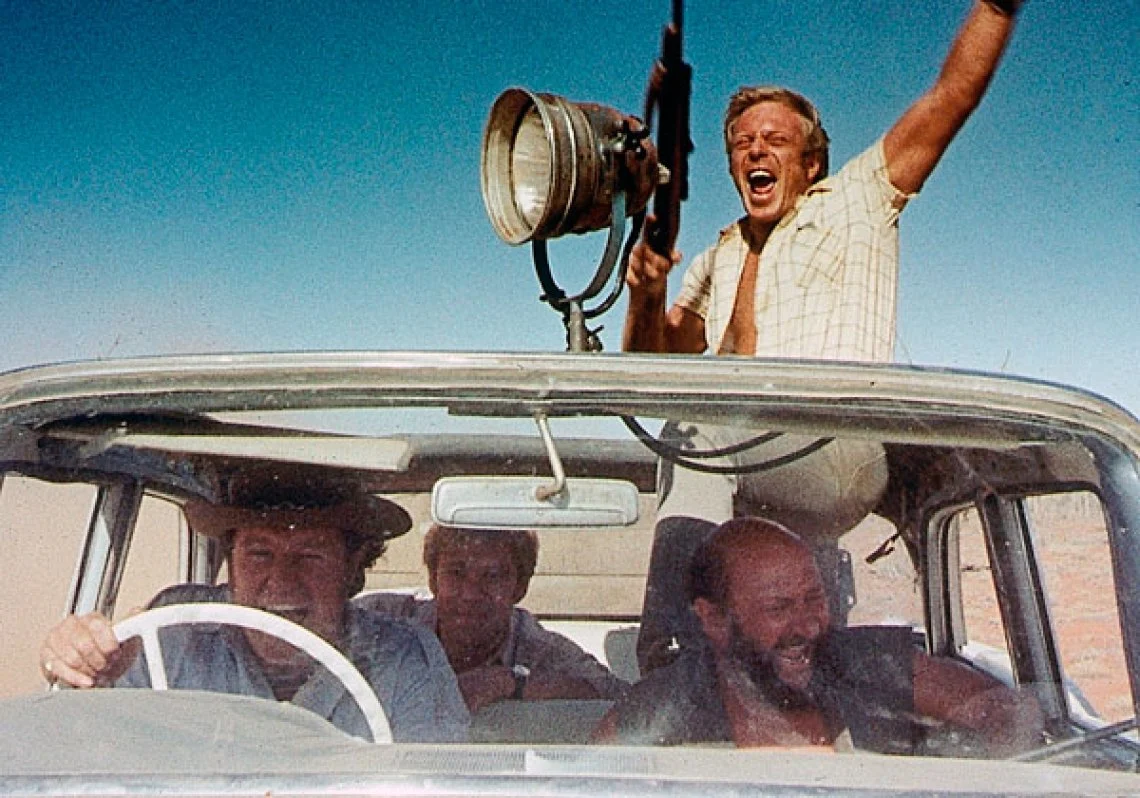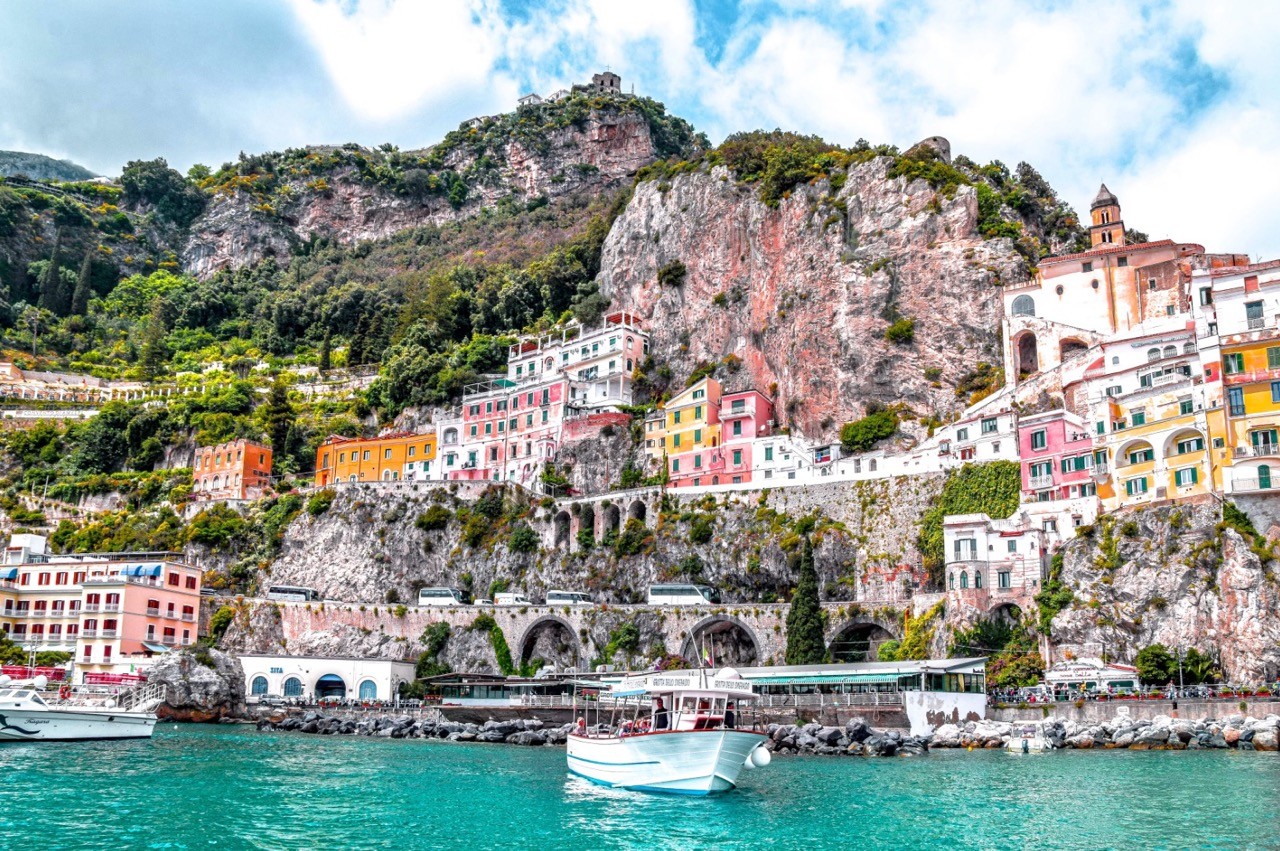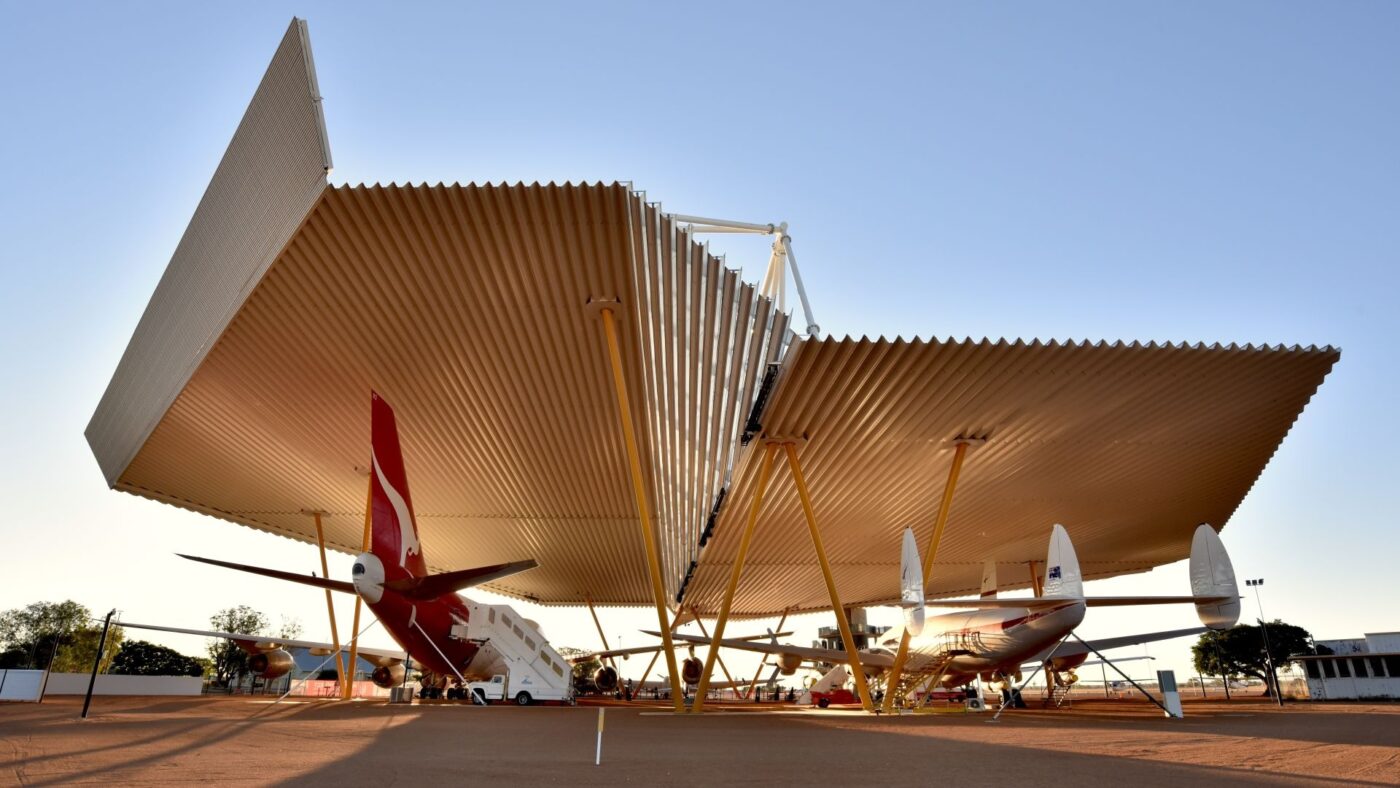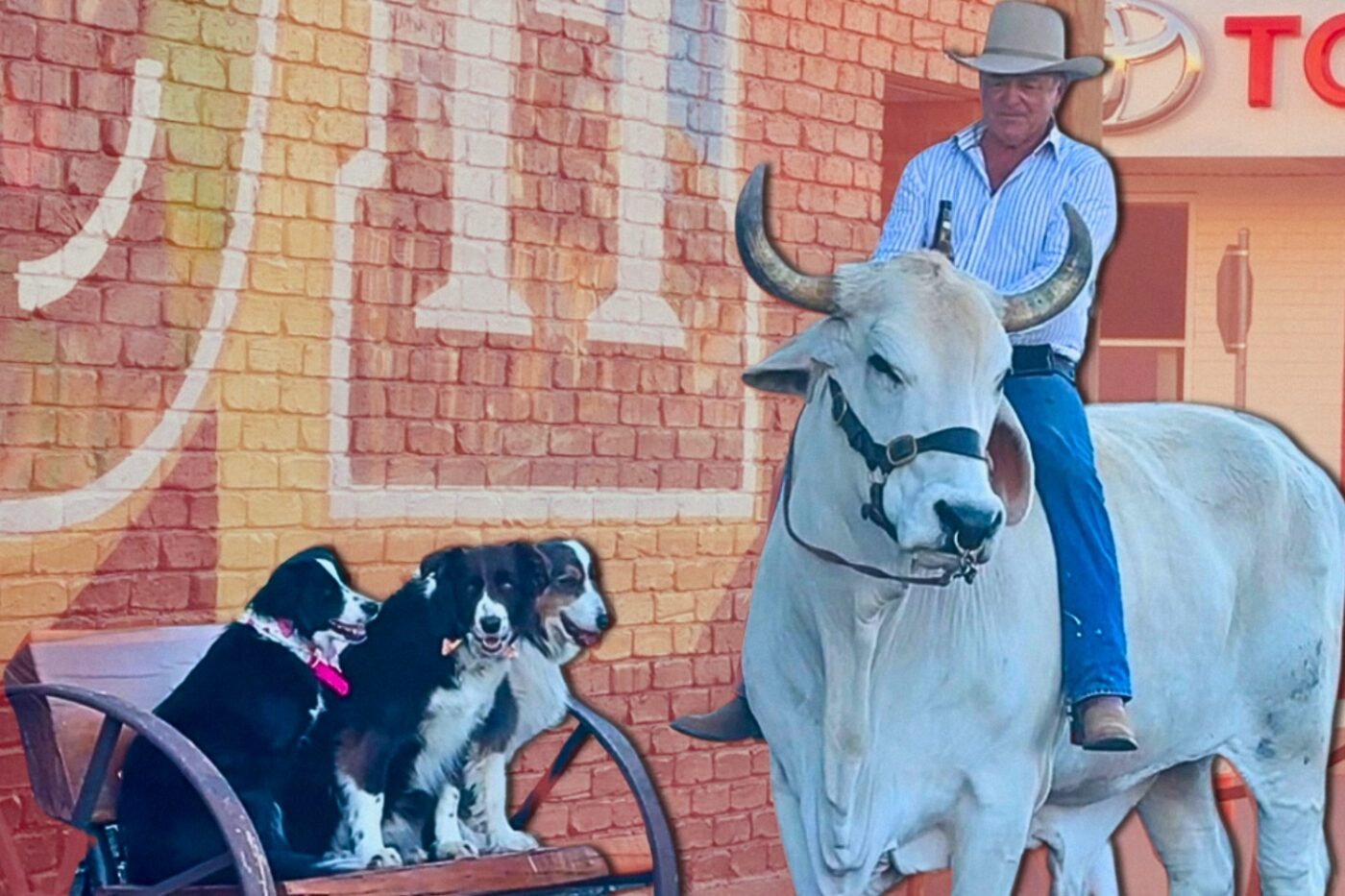- A recent trip to the Australian Outback shattered my misconceptions.
- Despite Australia’s obsession with overseas travel, the Outback remains overlooked, though small shifts offer hope.
- From rich history to a deep sense of community, the Outback offers an experience that coastal cities can’t match.
In a recent article, I explained how I found myself in something of a traveller’s dilemma: like far too many ex-pats, since my arrival in the Lucky Country almost two years hence, the full extent of my explorations inland can be contained to a one-day round trip to the Blue Mountains, packed like a sardine into a bus alongside a veritable United Nations of tourist, all as inexperienced as myself.
At first, I felt ashamed about this, considering myself to represent an uninspired and uninspiring community of expatriates who — trapped by the inexorable draw of the Eastern suburbs— do not indulge in anywhere near the amount of domestic travel this great nation deserves. However, not only did a recent trip to the Outback confirm my suspicion that there is a great deal of value to be found in Australia’s dustier districts, but that it’s not just expats failing to pay homage; city-slicking Aussies are just as bad. But why?
Misconceptions about the Outback
I must confess that as a Brit moving overseas, my perception of Outback life had been disproportionately shaped by movies like Wake in Fright which, for the uninitiated, IMDB describes as follows: “After a bad gambling bet, a schoolteacher is marooned in a town full of crazy, drunk, violent men who threaten to make him just as crazy, drunk, and violent.” An excellent film no doubt, but while its themes are crystal clear I think it’s fair to say it paints a pretty two-dimensional picture of Outback life that far too many people have bought into.

When you combine this with ongoing media scaremongering about the so-called “horror stories” to be found when travelling in the Outback, along with the oft-touted idea that the Outback’s glory days (and Hollywood cameos) are long behind it, you’re left with a coastal population that can’t see the value in spending their hard-earned dollars on time in Australia’s more remote, red-soiled towns.
The tyranny of ‘Eurosummer’
Another problem facing Outback communities trying to tempt travellers inland is that Australians — by all measures, a travel-obsessed nation — have a fixation with overseas travel. While the social media tyranny of ‘Eurosummer‘ is thankfully coming to an end as the Northern Hemipshere’s colder seasons set in, the data once again shows that despite an ongoing cost-of-living crisis Aussies are heading abroad in record numbers, using ‘revenge travel’ as a pressure valve to let off their frustration at life’s socio-economic challenges.

And while there is some optimistic data suggesting that Australians are giving domestic travel some long-overdue consideration — Queensland takes the top spot — the cancellation of the Outback’s few big events and the subsequent propping-up of the tourism sector with government cash suggests that while Aussies may be travelling abroad and at home, their cash certainly isn’t ending up in the Outback or the pockets of its inhabitants.
There is some promising news making headlines, however. Of three towns to win ‘Australia’s Top Tourism Town in 2024‘, at least one — Roma, QLD — could be considered an Outback town. While coastal and tropical spots continue to dominate at every level, this is a positive sign nevertheless.
Why I Loved the Outback
There are three main reasons why my time in the Outback — specifically, in Longreach, QLD — totally changed the way I think about this wonderful country and, more specifically, how I think about travelling within it.
The first one is perhaps an obvious one: it’s a million miles (hyperbole, but you know what I mean) away from anything. While this might scare off some tourists, I think it’s actually the biggest draw these places can offer. As wellness tourism looks set to boom, the lack of phone signal and other such distractions in these places pose a huge opportunity for these spots to become places where travellers can switch off and take a real break.

The second is all about history. Longreach boasts the Qantas Founders Museum, which archives and promotes Longreach’s connection to the early days of Australia’s most iconic airline; initially founded in Winton in 1920, Qantas’ operations moved to Longreach in 1921 where Arthur Baird — a former WWI aviation engineer and associate of founders Fysh and McGinness — joined as the company’s first paid employee and aircraft engineer.
While I appreciate that not every Outback town will have such a direct line to Australia’s modern-day titans, it proves that these places, of which many people have never heard, all have a long-reaching (get it?) effect on the nation we know and love today.

My final reason is all about the people. I went to Longreach as part of a press trip involving 80-100 people, all of whom stayed overnight in the town and sampled a good deal of its wares whilst there. Those involved were unashamed in telling us that this event was a major economic event in the town’s calendar, bringing in a wave of cash that is becoming harder to generate.
So, not only did my trip have a feel-good factor of making a real difference to the place I was visiting, but this, in turn, meant that we were welcomed with genuine and passionate enthusiasm by the locals; I felt much more like part of the community than I ever have in coastal capitals. I would urge anyone planning their next trip to consider heading into the Outback; you might just find something quite unexpected out there.

